On a loop on the River Dordogne in the Perigord region of France, five chateaux loom at each other across the rich farmlands. Chateau Marqueyssac, perched above our summer holiday cottage, is famed for its jardins suspendus, complete with peacocks which wail dolefully each evening as the light fades and Duncan and I pour the first glass of wine below. Chateau des Milandes had, for a while, the Jazz Age singer, activist, and French Resistance agent Josephine Baker as its chatelaine – but that is a whole other story. Chateau de Castelnaud and Chateau de Beynac are full of mediaeval machismo. From the cottage window where I sat with my laptop this summer I could see Beyrac, flexing its military muscles, facing off Chateau Fayrac below, which gazes back with elegant insouciance: the most beautiful of the five.
Why this travelogue on an organ blog? Because I already knew that Chateau Fayrac had been the home of Lizzie van Nieuwenheyse, a distant relative of Duncan by marriage – it had been bought by Lizzie’s family, escaping from Belgium to a remote corner of rural France as World War 2 appeared inevitable. Then this summer I discovered that Fernand de La Tombelle, fin de siecle organist and composer, friend of Widor, Vierne, Saint-Saens, Guilmant and Dubois, had inherited Chateau Fayrac from his grandfather and spent the last years of his life working there.
So researching the man and his music, with the view of Fayrac from my writing window, became an irresistible distraction throughout the holiday. Lizzie’s generous hospitality extended to helping me with family history, and I couldn’t have written an account of this multi-talented man without her help.
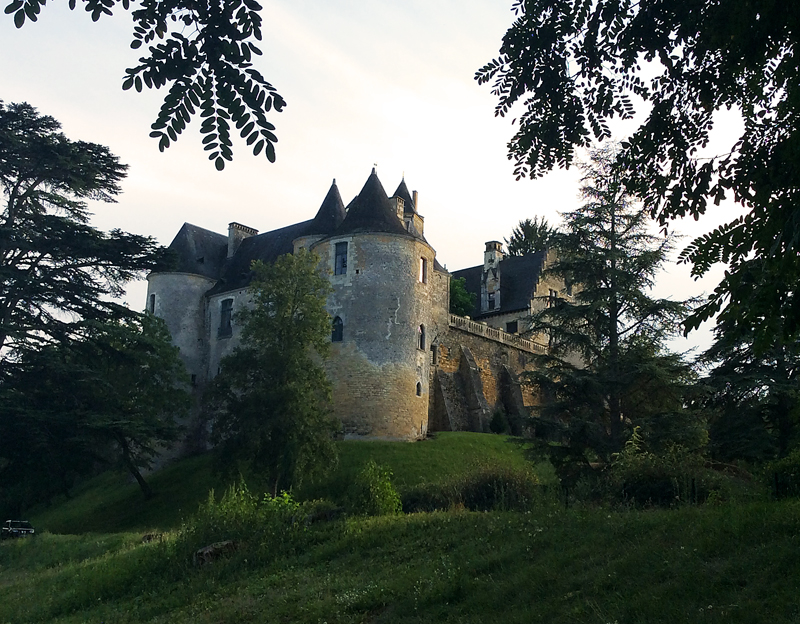
The man
Fernand de La Tombelle was born in Paris in 1854, the only son of Louise Gueyraud (born in the Chateau de Fayrac) and Adolphe de La Tombelle. Louise herself was a brilliant pupil of two famous pianists, Sigismond Thalberg and Franz Liszt, and she taught piano to her son Fernand. Fernand studied literature, science and law, but at 18 he decided to devote himself to music, learning piano, organ and harmony from Alexandre Guilmant who in 1871 succeeded to Chauvet in the Trinity church, near La Tombelle’s home. Fernand entered the Conservatoire in Paris where his tutors were Théodore Dubois and Camille Saint-Säens. A career as a well-known performer, teacher and composer followed: the now Baron de La Tombelle was not only an accomplished musician, but also a poet, folklorist, sculptor, astrologist, painter and art photographer.
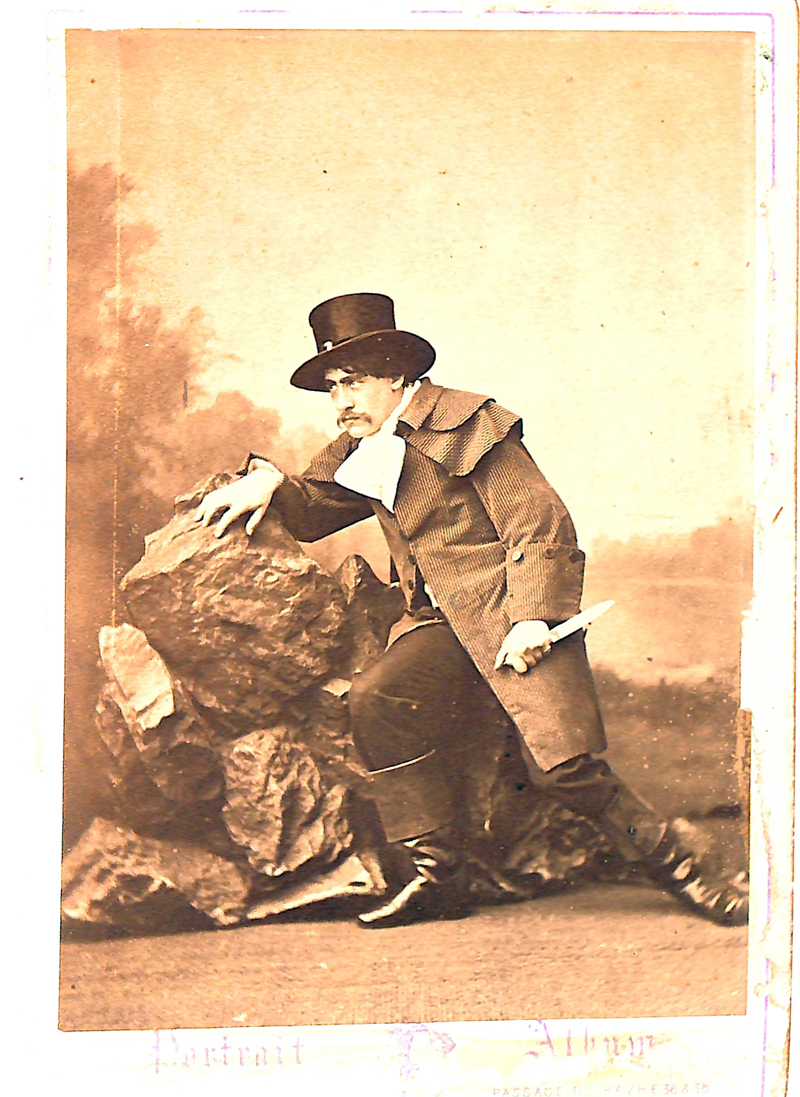
He spent his later years in the Chateau de Fayrac, which he inherited from his grandfather, energetically engaged in the life of the cultured man of letters: writing monographs, essays, corresponding with the musical great and good, who clearly valued his friendship. He composed in his study alongside his Erard grand piano, and a large collection of the works of his favourite composers: Meyerbeer, Gounod, Massenet, Saint-Saëns, Delibes and Théodore Dubois.
Fernand de la Tombelle died in 1928 and was buried in the family vault of Montparnasse in Paris.
His music
De La Tombelle’s music is accomplished, appealing and tuneful, only lacking the memorable qualities of true individuality, being ever-so-slightly too derivative of the works of his contemporaries he admired and studied. His Toccata e mineur Op23 for organ, for example, probably the only organ piece now played, is terribly reminiscent of the Widor Toccata: Willem van Twillert plays the piece on YouTube here.
He merited a festival dedicated to his music in Venice earlier this year, under the title Gentiluomo della belle epoque, promoted by the Palazzetto Bru Zane. This centre de musique romantique française in Venice is dedicated to the rediscovery of the French repertoire of the years 1780 to 1920. It has built an archive of his manuscripts, and a catalogue of de La Tombelle’s musical and literary works, prepared by Jean-Christophe Branger and Emmanuel Filet, can be downloaded below:
Fernand de La Tombelle Catalogue des œuvres musicales et littéraires Septembre 2016
The festival focussed on his charming songs and chamber works. The mélodies have strong echoes of Faure and Duparc – delightful recordings of these can be found by Tassis Christoyannis with Jeff Cohen on Spotify.
Performances of his chamber music can be found on YouTube – the Lento from Trio Op25 for example.
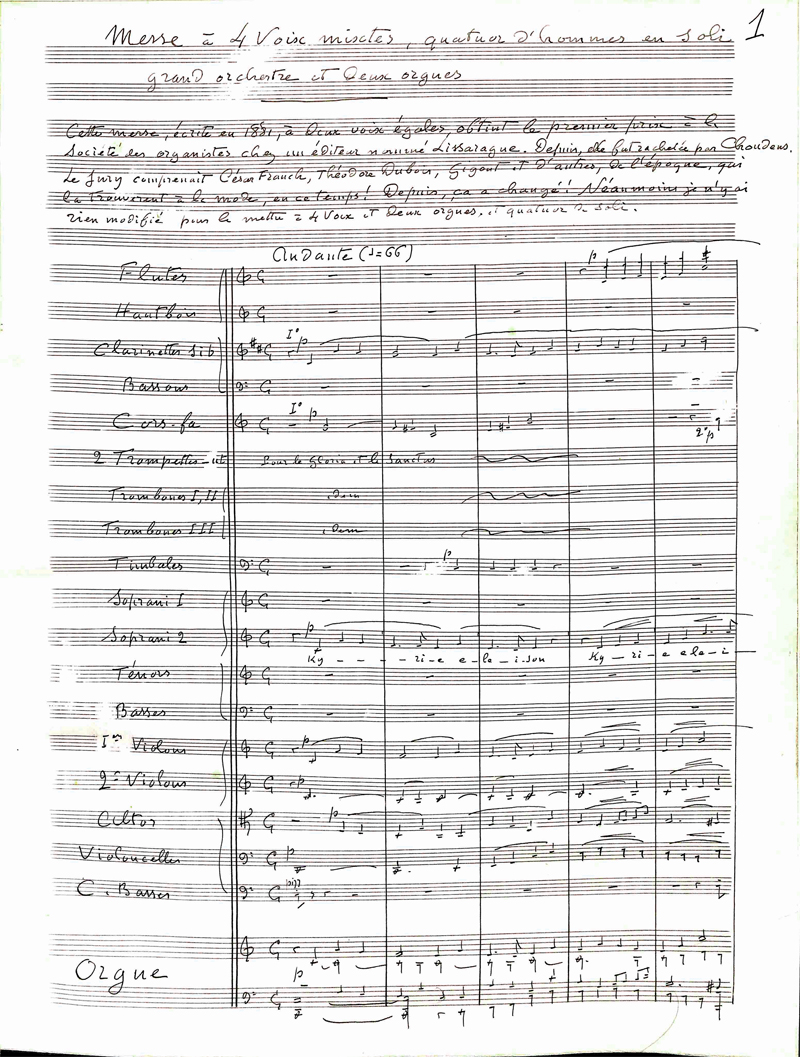
In the Bru Zane archive I found manuscripts that would have been prepared in that study in Chateau Fayrac: above from 1926 is the autograph of a Mass for a mixed choir, four male soloists, grand orchestra and two organs. Much of his organ music is in similar majestic vein: the manuscript of Jeanne d’Arc, suite d’épisodes symphoniques pour orgue extends to 62 pages (preceded by 12 pages of thematic analysis of the motifs). If he had written organ music on a less monumental and more manageable scale (perhaps if he had been less of a virtuoso organ player himself) it would surely have stayed in the repertoire alongside the slighter works of his greater contemporaries.
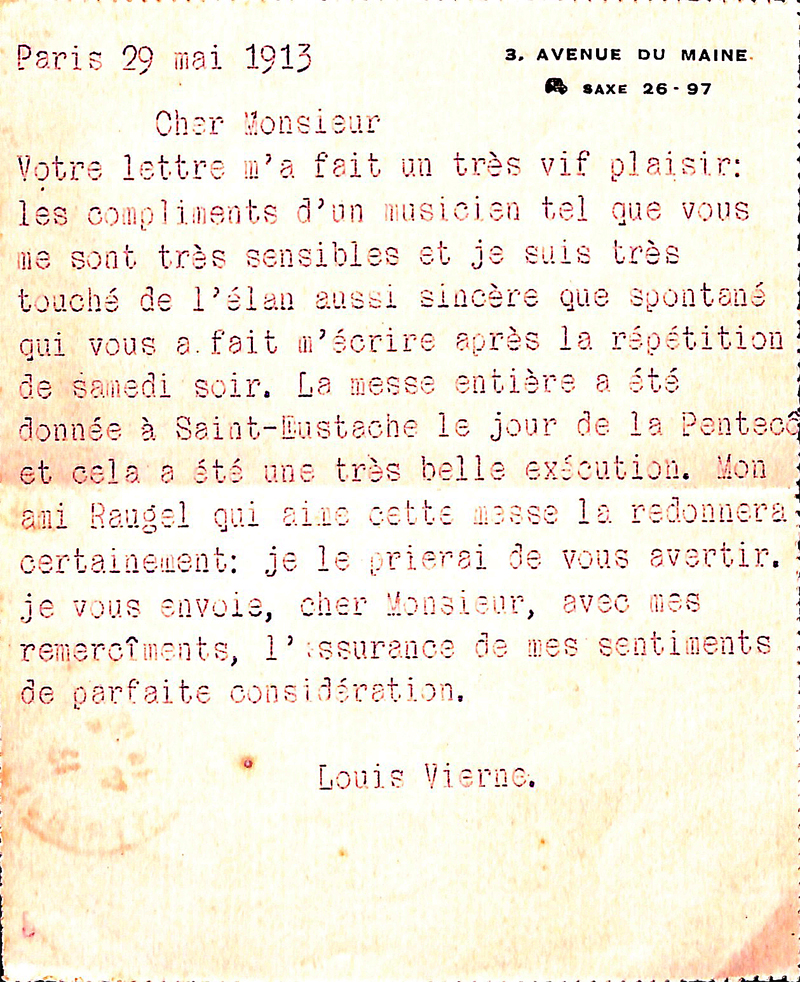
Postscript
Chateau Fayrac was bought by Lizzie’s family from de La Tombelle’s son Henri. In turn it was sold in 1982 and has passed into American ownership. The five chateaux are still at the heart of battles, though twenty-first century ones – Fayrac is currently threatened by a controversial road plan to take the pressure of traffic away from Beyrac. De La Tombelle played the fine organ in the Cathédrale de Sarlat nearby – it may not have been in great shape in his time, but has recently been restored as a monument historique, with regular recitals on market day.
Credits
Images from the BRU ZANE MEDIABASE
My grateful thanks to Lizzie van Nieuwenheyse for allowing me to quote from her personal family history.

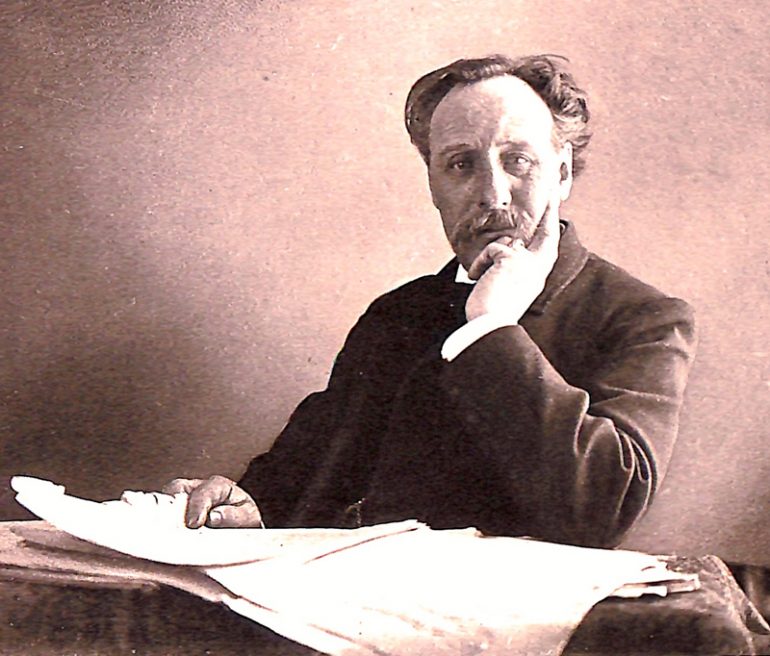
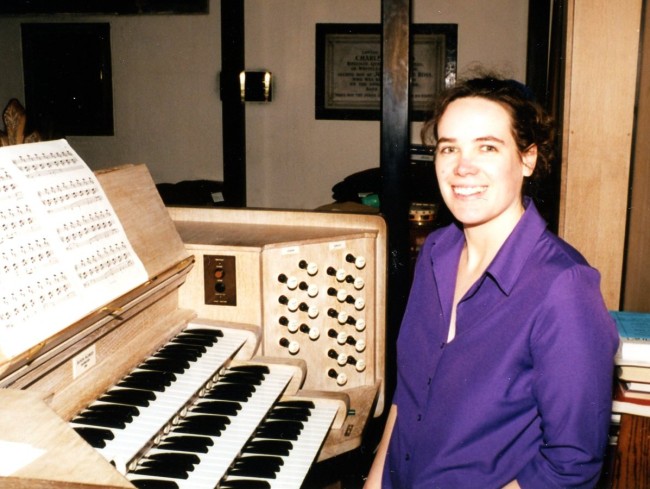
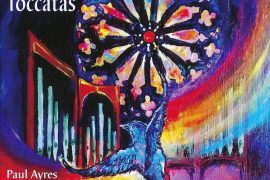
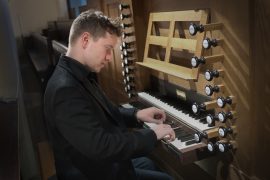
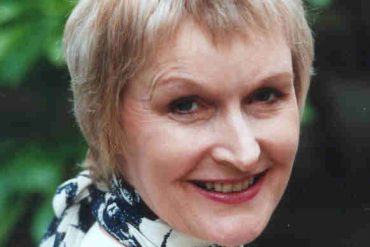
Here’s a lovely performance of one of de La Tombelle’s harmonium pieces, on the organ, by Vidas Pinkevicius on YouTube
https://www.youtube.com/watch?v=qsR4hF8Ked8